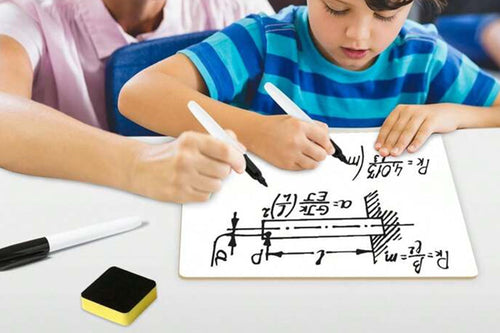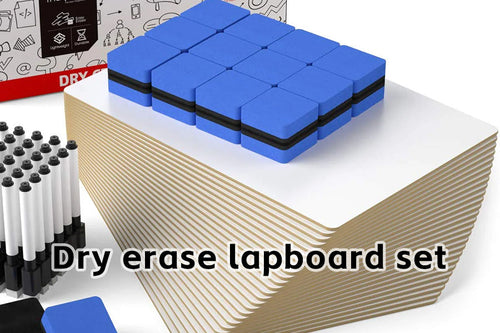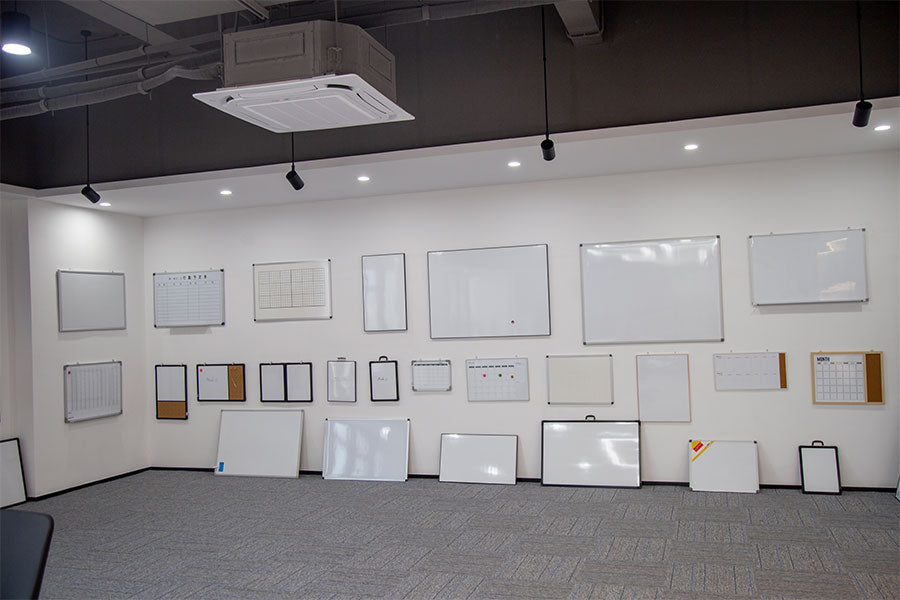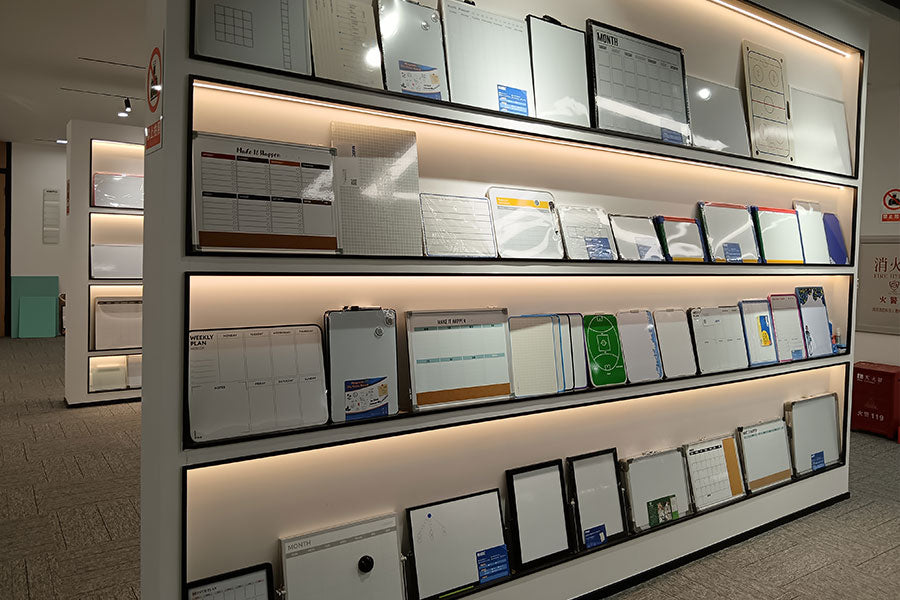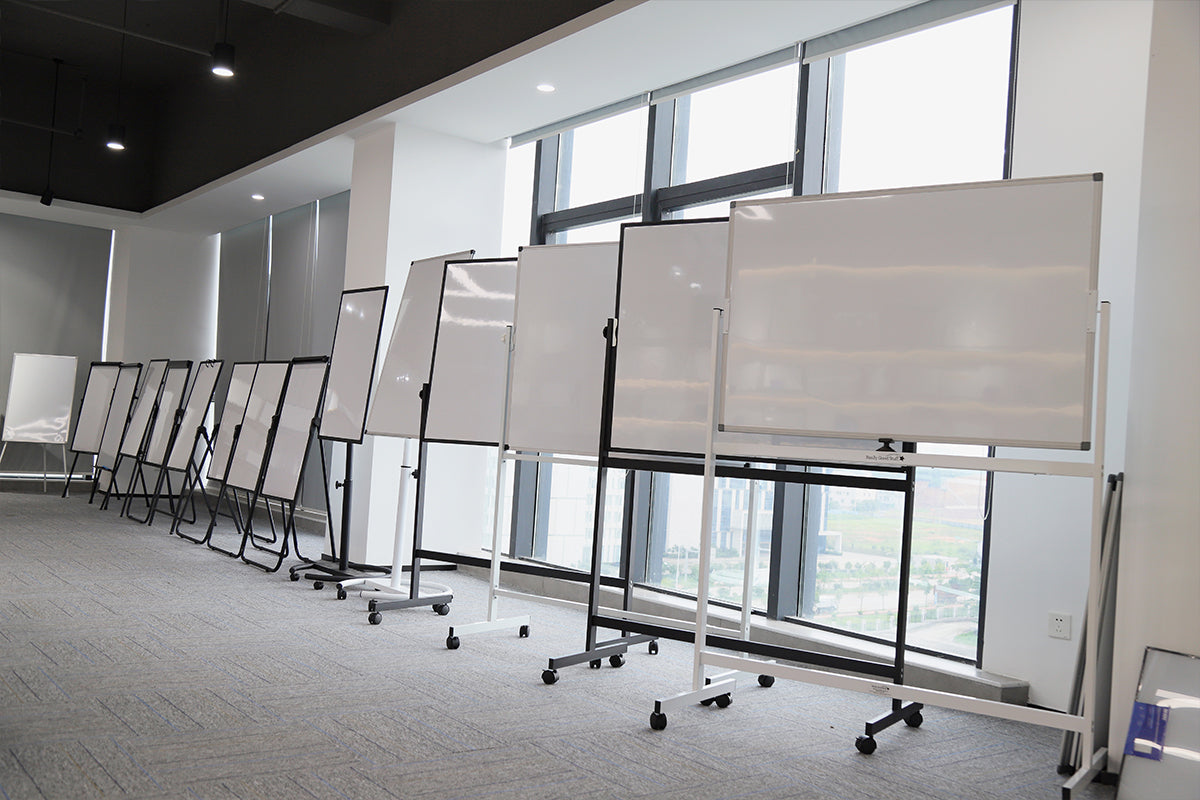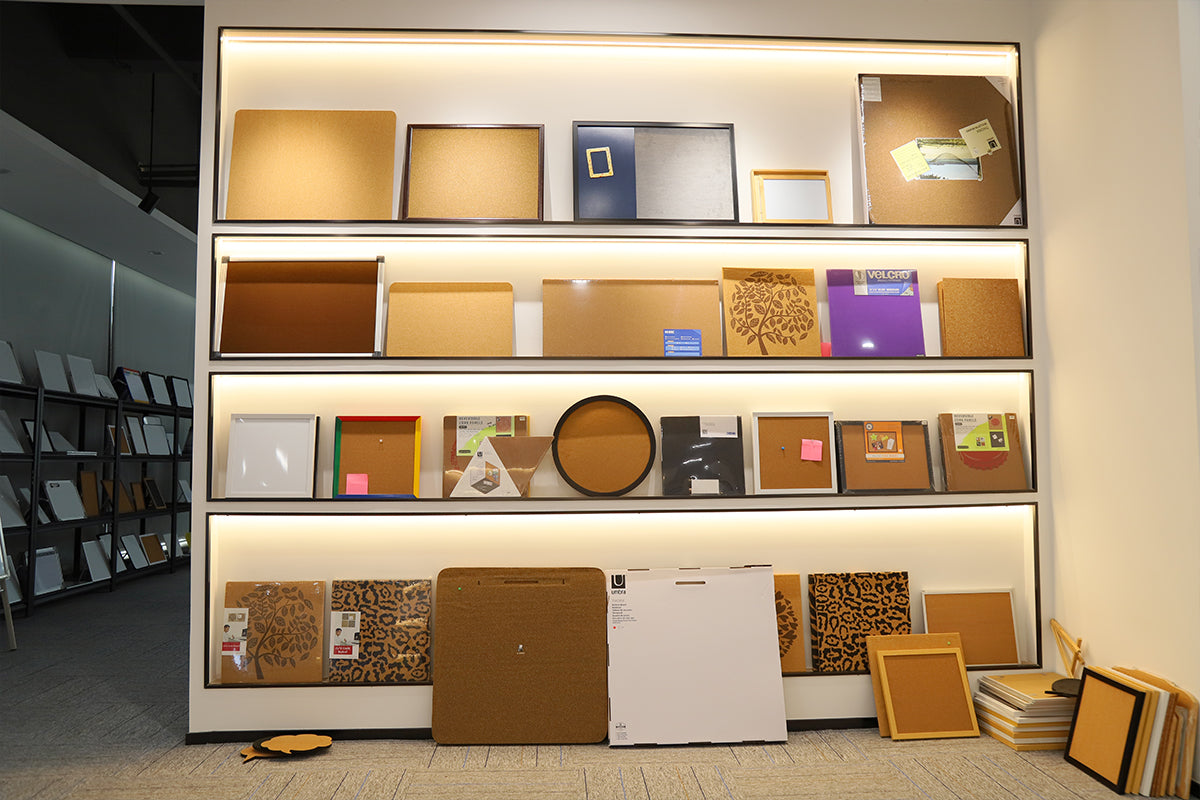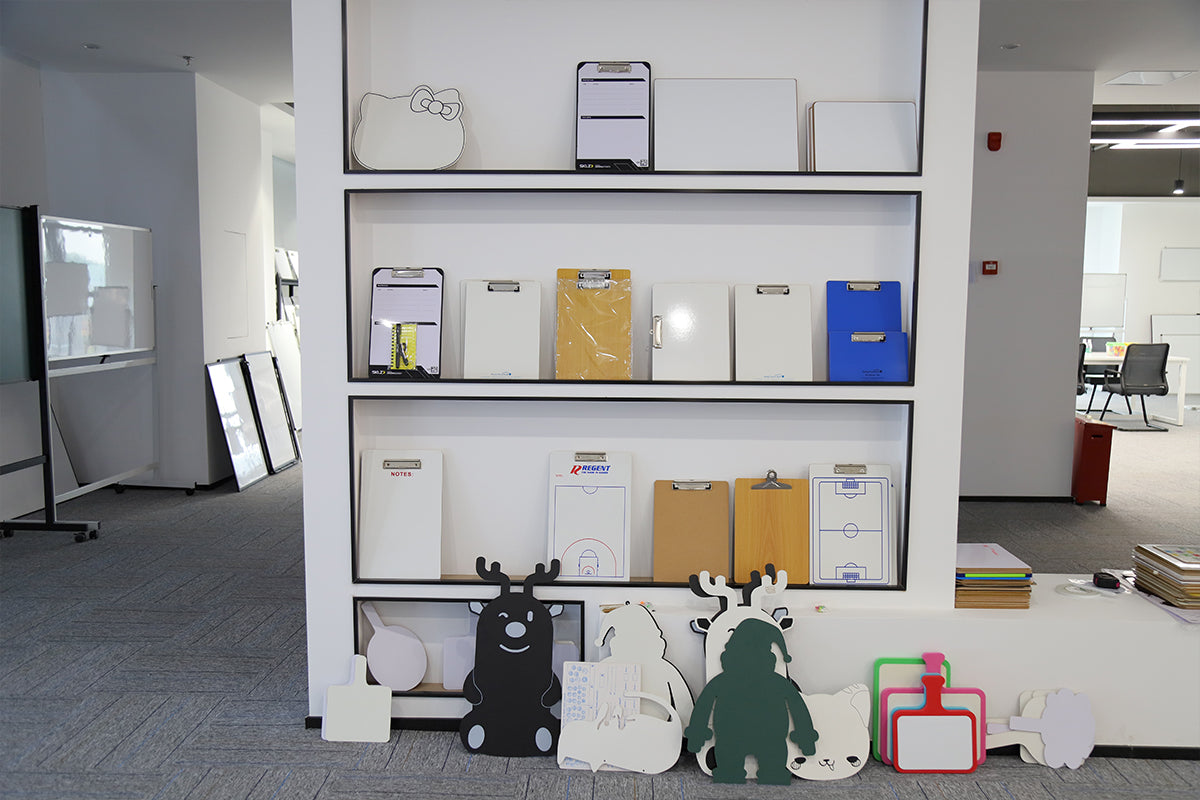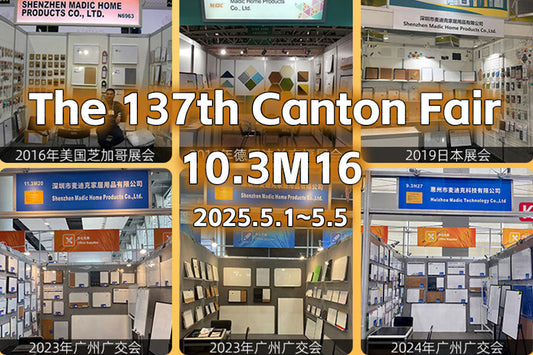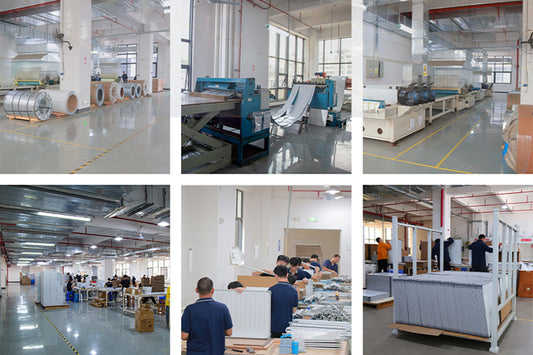What are the raw materials for dry erase whiteboard surfaces
Dry-erase boards are essential tools for any business, classroom, or home. They are available in a variety of materials, each offering unique benefits and drawbacks. In this article, we will explore the different types of dry-erase board materials and their characteristics.

**Porcelain Steel Dry-Erase Boards: Durable and Highly Erasable**
Porcelain steel is a favored material for dry-erase boards due to its durability and excellent erasability. These boards are crafted by fusing a layer of porcelain onto a steel surface, resulting in a finish that is resistant to scratches and ghosting, making them ideal for frequent use. They excel in erasing even the most stubborn marks. However, one downside of porcelain steel boards is their higher cost.
**Melamine Dry-Erase Boards: Affordable and Lightweight**
Another common material for dry-erase boards is melamine. These boards are made by applying melamine resin to a core of particleboard or MDF. Their lightweight and economical nature make them perfect for budget-conscious users. Melamine boards are generally resistant to ghosting and scratches, making them suitable for occasional use. However, they do not match the durability of porcelain or painted steel boards and may not be the best choice for heavy usage.

**Glass Dry-Erase Boards: Sleek and Modern Design**
For a stylish and contemporary option, glass dry-erase boards are an excellent choice. They provide a sophisticated appearance that can enhance any workspace or educational setting. Glass boards are also resistant to ghosting and scratches, plus they are easy to clean. However, they tend to be quite expensive and can be heavy and fragile, which may limit their suitability for certain situations.
**Acrylic Dry-Erase Boards: Lightweight and Resilient**
Acrylic dry-erase boards represent another cost-effective solution. Their durability and light weight make them easy to move and install. Available in various colors and styles, they are very simple to maintain. That said, acrylic boards may not be the best option for intensive use, as their erasing capabilities are not on par with those of porcelain steel boards.
**Laminate Dry-Erase Boards: Cost-Effective and Easy to Use**
Laminate dry-erase boards are an economical choice popular for home and office use. They are portable, easy to install, and come in a wide range of colors and designs, allowing you to find one that matches your décor. While laminate boards may not be as sturdy as some other materials, they generally offer better erasability compared to melamine boards.
**Painted Steel Dry-Erase Boards: Budget-Friendly and Flexible**
For those seeking a more affordable and portable alternative to porcelain steel boards, painted steel is a commendable option. One of the main advantages is their magnetic surface. These boards are made by applying paint to a steel base. It's important to note that the quality of painted steel can differ significantly. Higher-quality options, like Secret Whiteboard, are suitable for moderate to high-frequency use, providing good erasability and ghosting resistance. Conversely, lower-quality painted steel boards may not perform as well in demanding environments and could be unsuitable for heavy usage. It's always wise to check reviews when selecting a dry-erase board.
**Vinyl Dry-Erase Boards: Available in Various Designs**
Vinyl dry-erase boards are also a budget-friendly choice, known for their lightweight and easy installation. They come in a variety of colors and patterns, allowing for creative customization. However, like melamine boards, they may not be as durable as other materials, and their erasing performance may fall short compared to porcelain steel options.


